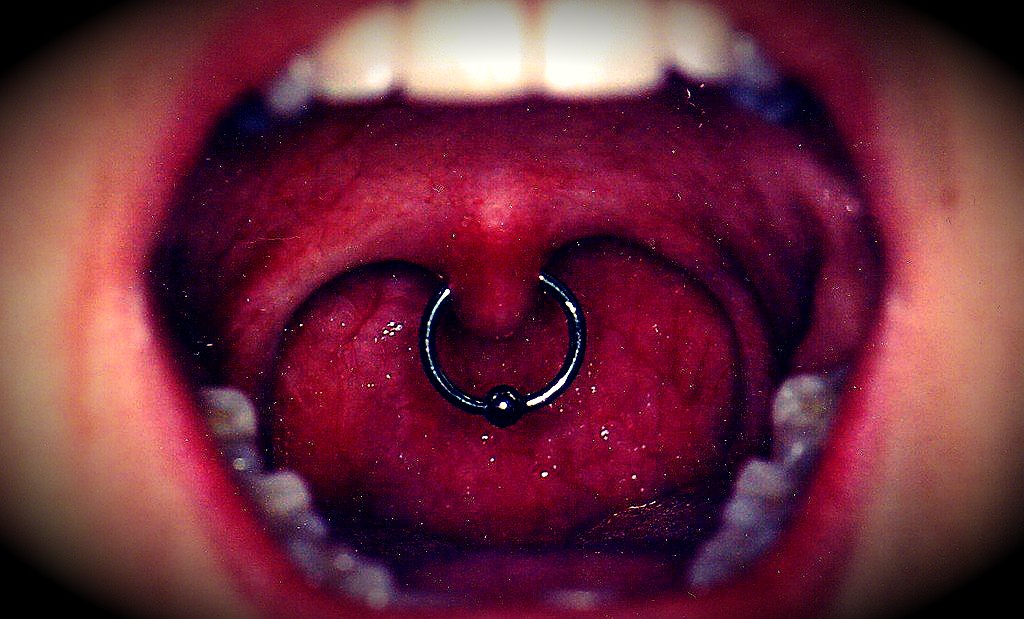Today we are lucky to have Dr. Manjari Joshi, Associate Professor of Medicine, Division of Infectious Diseases at both the University of Maryland SOM and the R Adams Cowley Shock Trauma Center. For today’s lecture, Dr. Joshi will take us through the chaotic world of antibiotic use in critical care patients. She will show us how those rushed decisions made in when we first meet our patients REALLY can determine whether a patient even survives to go home. This talk has so tips, tricks, and pearls, one viewing might not be enough!
Podcast: Play in new window | Download
Subscribe: Apple Podcasts | RSS
PEARLS
TIP #1: Before choosing antibiotics take 3 factors into consideration:
- Who is the patient you are treating (transplant, HIV, heart failure, etc..)
- What environment is the patient coming from (hospital, nursing home, home…)
- What organisms are possible based on local factors (exposures, recent outbreaks…)
TIP #2: Always consult an antibiogram in order to choose appropriate antibiotics based on your hospital and community susceptibilities
TIP #3: Leading cause of inadequate therapy is failing to consider multidrug resistant organisms (MDRO):
 Tip #4: Always consider the environment you are treating:
Tip #4: Always consider the environment you are treating:
- Lung: acidic pH that can denature molecules (Aminoglycosides); surfactant that can inhibit Daptomycin
- CNS, Ocular, Cardiac: low penetration, will need HIGH concentrations of antibiotics
- Biofilms (heart tissue, devices): can decrease penetration, but can also decrease metabolic activity and bacterial multiplication which is vital for some abx to work
Drug Factors:
- Combination therapy is for a multitude of reasons:
- Initial therapy broad coverage
- Synergy– when 2 drugs “augment” each other
- ex: Gentamicin can be used to lower the MIC of Ampicillin in order to treat gram neg rods (GNRs)
- Polymicrobial infections
- Resistance prevention (ex: Tb treatment)
- Bioavailbility– only 5 drugs have equal PO and IV bioavailabilities:
- Linezolid, Metroniadazole, Fluoroquinolones, Trimethoprim/Sulfamethoxazole, Rifampin
- PK/PD parameters– its all about the Minimal Inhibitory Concentration (MIC)
- Time dependent antibiotics (β-lactams)- only effective during the time above the MIC
- Want 4-5 x the MIC constantly, achieved with repeated dosing OR continuous infusions
- Concentration dependent antibiotics (Aminoglycosides): the peak of the drug determines efficacy
- Can do once daily dosing as even when the drug is < the MIC it is still effective (post-antibiotic activity)
- Area under the curve (AUC) antibiotics (Fluoroquinolones): the size of the area under the curve determines efficacy

- Time dependent antibiotics (β-lactams)- only effective during the time above the MIC
- Clearance: renal clearance can be increased with burns, drug abuse, leukemia, need to adjust dosing!
- Resistance: Increased with: 3rd generation cephalosporins, Fluoroquinolones, Carbepenems
- Empiric therapy: every hour delay to initiation of abx = ↑ 8% to mortality!
- Deescalation: day 3 is the time to determine if there is a need to add, subtract, or change antibiotics based on the patients recovery
- Duration of therapy: newer data shows large dose of antibiotics over a shorter period of time can be better and lead to less resistance:
- CAP: 3-5 days, pyelonephritis: 5-7 days, intra-abdominal infections: 4-7 days
- Inflammatory markers: CRP, Procalcitonin, etc are NOT ready for mainstream use….
References & Resources
- Pea F, Viale P, Furlanut M. Antimicrobial therapy in critically ill patients: a review of pathophysiological conditions responsible for altered disposition and pharmacokinetic variability. Clin Pharmacokinet. 2005;44(10):1009-34.
- Póvoa P, Salluh JI.Biomarker-guided antibiotic therapy in adult critically ill patients: a critical review. Ann Intensive Care. 2012 Jul 23;2(1):32.
- Deresinski S. Principles of antibiotic therapy in severe infections: optimizing the therapeutic approach by use of laboratory and clinical data. Clin Infect Dis. 2007 Sep 15;45 Suppl 3:S177-83.
- Hranjec T, Rosenberger LH, Swenson B, Metzger R, Flohr TR, Politano AD, Riccio LM, Popovsky KA, Sawyer RG. Aggressive versus conservative initiation of antimicrobial treatment in critically ill surgical patients with suspected intensive-care-unit-acquired infection: a quasi-experimental, before and after observational cohort study. Lancet Infect Dis. 2012 Oct;12(10):774-80.



